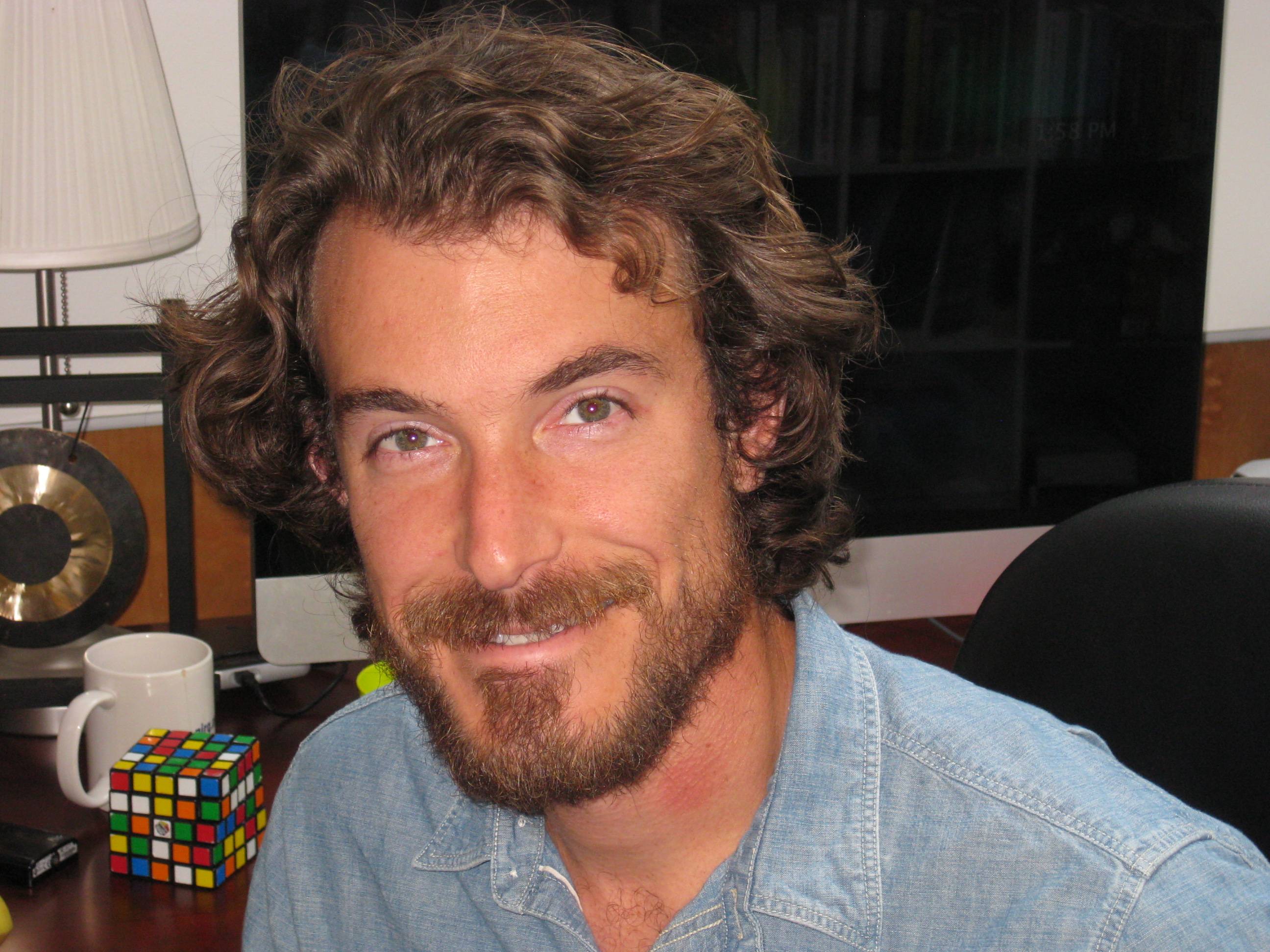Editor’s Note: This post has been revised to reflect corrections submitted by PeaceTXT and Sisi Ni Amani
I’ve long been interested in how new media can play a unifying/integrating role vs. a divisive/partisan one and, in this regard, I came across some interesting information recently on a tool called PeaceTXT that I thought I would share. But, first, some background.

It all started with a meeting hosted by PopTech at Google headquarters in Chicago in May 2010. A group of social mobile leaders—including representatives from Ushahidi and MedicMobile—got together with CeaseFire Chicago, which has a long and impressive history of utilizing “interrupters” to prevent gun violence. The Interrupters is now an award-winning documentary. Based on the premise that violence can spread like a communicable disease from one person to another, CeaseFire uses a public health model that combines science and street outreach to detect violent situations and then applies disciplined strategies to cool the situation down. The question on the table for the exploratory group was what role new technologies could play in interrupting violence. The group worked collaboratively with CeaseFire staff, as well as high risk individuals to gain insights on the “triggers” for violence and, ultimately, developed text messages that could help defuse tensions in the “heat of the moment.”
PeaceTXT was launched at PopTech 2010 as a multidisciplinary project to explore the potential of mobile technology to amplify CeaseFire’s proven approach to reducing violence. The collaborative team developed a variety of messages and a mobile campaign fashioned on the same model as “Friends Don’t Let Friends Drive Drunk” on the premise that SMS messaging could be used as a supplementary tool to help CeaseFire interrupt gun violence in marginalized neighborhoods.
Concurrently, those behind PeaceTXT have launched a pilot program in Africa as a next step, and before attempting further work on breaking through the infrastructure hurdles in the United States. Work began with Sisi Ni Amani in Kenya. Sisi Ni Amani (“We are Peace” in Swahili) was founded in July 2010 and developed a model to use mobile phones for peace promotion. Under this model, community members subscribe to a phone number in order to receive free SMS on civic education, civic engagement, and peace promotion. All the messages that go out are moderated and created by local chapters, which consists of vetted local peace and civic education leaders. The network in Kenya was at 10,000, and after the first two weeks of outreach supported by PopTech, it has doubled and is now almost 20,000 strong.
One of the longer-term goals is to cool down violence that may be associated with the elections later in 2012. A lot of election violence in early 2008 in Kenya was triggered through rumors, misinformation, and hate speech. Violent actors utilized widespread mobile technology, and specifically SMS, to spread inciting information and to plan and organize attacks. The problem at the time, added Filderman, was that there was little to counteract negative messages and dispel rumors. The aim this time around is to figure out how to use digital platforms to educate voters, to interrupt violent episodes, and as a tool for reconciliation.
PeaceTXT and Sisi Ni Amani are working together—with support from Poptech—to expand the subscriber base. And the Praekelt Foundation (the platform developer for this project) is also involved. Efforts right now are focusing on developing content as well as making the tool more interactive and scalable. There will be an 8-week test phase beginning on 1 April. CeaseFire staff will also be traveling to Kenya in the summer and the trip promises to be a fruitful two-way exchange. The aim is to see how the interrupter model can be adapted to the Kenyan context and also be used in conjunction with the SMS-based programming.
In short, a lot of groups are working together to explore how to effectively use these new tools to both interrupt violence and build networks for peace. It will be interesting to follow what comes out of these initial experiments … to be continued.
For more information, see an Ushahidi blog posted in December, 2011. (Many thanks to Leetha Filderman, Patrick Meier, and Rachel Brown for their input on this article!)
Zarrin Caldwell is a consultant with Global Dreams Consulting. Her website www.modelsofunity.net examines models that bridge social capital across traditional divides of race, religion, and ethnicity.


